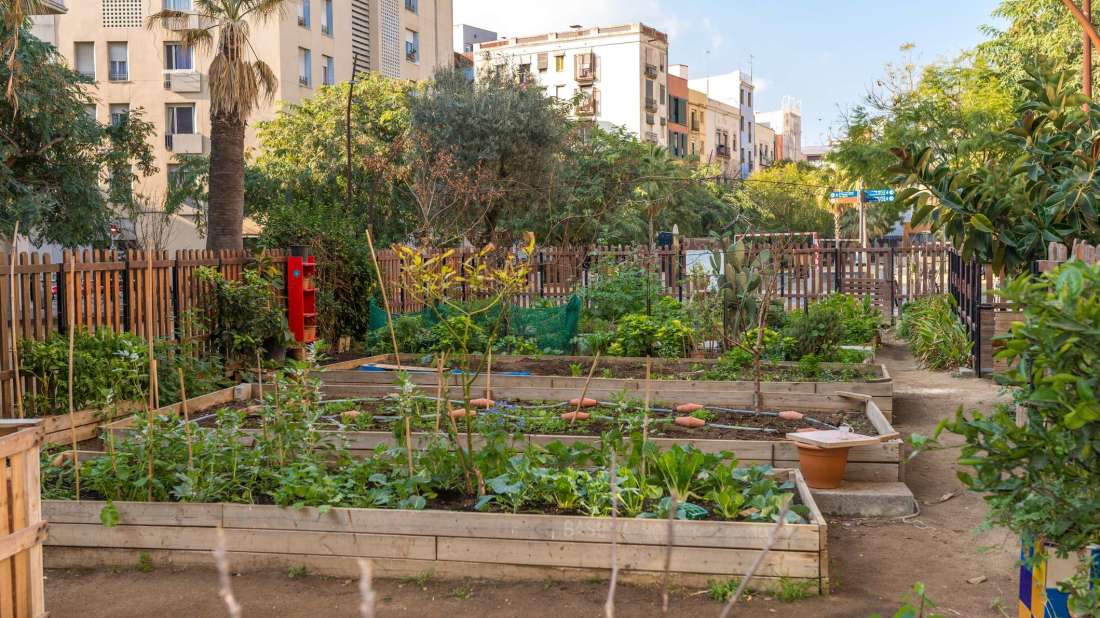
Our ancient relatives, Homo heidelbergensis, were constructing shelters at least 400,000 years ago, and architectural innovation has been a defining feature of societies since then, changing to suit the needs and desires of the builders and occupants as they evolved. From energy-efficient designs to community-based spaces, these seven designs could help shape the future.
As the population ages, society is faced with a challenge: How to help people who require special care. The current way that many buildings are designed—and even the way hospitals are set up—makes it difficult for older people to get around and be independent. This is a big problem, because older people are a huge part of the population. As of 2015, there were nearly 50 million people in the United States over the age of 65. By 2030, the Census projects that 20 percent of Americans will be older than 65. “By 2035, there will be 78.0 million people 65 years and older compared to 76.7 million … under the age of 18,” Jonathan Vespa, a demographer with the U.S. Census Bureau, stated in a 2018 press release.
READ THE FULL ARTICLE: http://mentalfloss.com/article/91686/innovative-architectural-designs




















